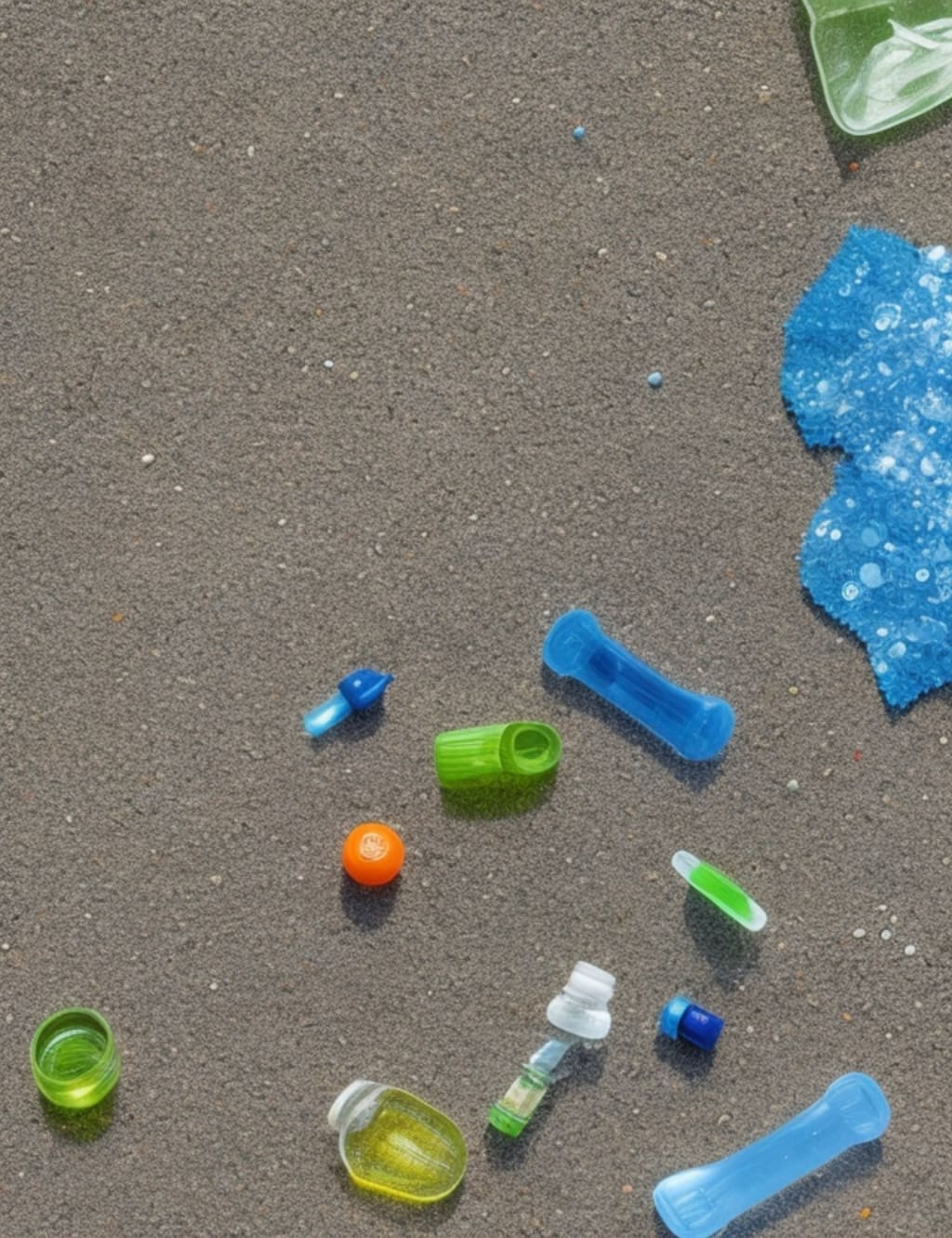The Impact of Microplastics on Our Environment: A Detailed Look
what is microplastic

Microplastics are tiny pieces of plastic that measure less than five millimeters in size. They are created through the breakdown of larger plastic items, such as water bottles and bags, as well as through the shedding of microfibers from synthetic clothing. These minuscule plastic particles have become a major environmental concern in recent years due to their widespread presence in our oceans, soil, and air.
The primary sources of microplastics are plastic waste that has been improperly disposed of or has leaked into the environment through industrial processes. As a result, these microscopic particles can be found in every corner of the planet, from the deepest ocean trenches to the highest mountains. The widespread distribution of microplastics poses a serious threat to wildlife, ecosystems, and human health.
One of the most significant impacts of microplastics on the environment is their harmful effects on marine life. When aquatic animals ingest or become entangled in microplastics, it can lead to a range of health issues, including internal injuries, reduced reproductive success, and even death. In addition, microplastics have been shown to bioaccumulate in the food chain, meaning that they can reach higher concentrations in the bodies of animals at the top of the food web, such as whales and sharks.
Furthermore, microplastics can have a detrimental impact on terrestrial ecosystems as well. When microplastics are present in soil, they can disrupt the growth and development of plants, as well as alter the composition of soil microbiota. This can have far-reaching consequences for agriculture and food security, as healthy soil is essential for crop production and ecosystem stability.
In addition to their effects on wildlife and ecosystems, microplastics also pose a threat to human health. Studies have shown that microplastics can leach harmful chemicals, such as phthalates and bisphenol A, which have been linked to a range of health issues, including developmental and reproductive disorders, cancer, and endocrine disruption. Furthermore, the ingestion of microplastics through contaminated food and water sources can lead to the accumulation of these toxic chemicals in the human body.
To address the growing problem of microplastic pollution, it is crucial that we take action at both the individual and societal levels. This includes reducing our use of single-use plastics, properly disposing of plastic waste, and investing in technologies that can effectively capture and remove microplastics from the environment. In addition, policymakers must enact regulations to limit the production and release of microplastics into the environment, as well as promote the development of biodegradable alternatives to traditional plastics.
In conclusion, the impact of microplastics on our environment is a complex and pressing issue that requires urgent attention. By understanding the sources and effects of microplastic pollution, as well as taking proactive steps to reduce our plastic consumption and waste, we can work towards a cleaner and healthier planet for future generations.
Results
1. The presence of microplastics in the environment poses a significant threat to wildlife, ecosystems, and human health. Microplastics can be found in every corner of the planet, from the deepest ocean trenches to the highest mountains, and can have harmful effects on marine life, terrestrial ecosystems, and human populations. In order to address this growing problem, it is essential that we take action to reduce the release of microplastics into the environment and invest in technologies that can effectively capture and remove these microscopic particles.
2. The ingestion of microplastics through contaminated food and water sources can lead to the accumulation of toxic chemicals in the human body, which have been linked to a range of health issues, including developmental and reproductive disorders, cancer, and endocrine disruption. By understanding the sources and effects of microplastic pollution, as well as taking proactive steps to reduce our plastic consumption and waste, we can work towards a cleaner and healthier planet for future generations.
About the Creator
Enjoyed the story? Support the Creator.
Subscribe for free to receive all their stories in your feed. You could also pledge your support or give them a one-off tip, letting them know you appreciate their work.





Comments
There are no comments for this story
Be the first to respond and start the conversation.